59+ Sample Exhibition Proposal
-
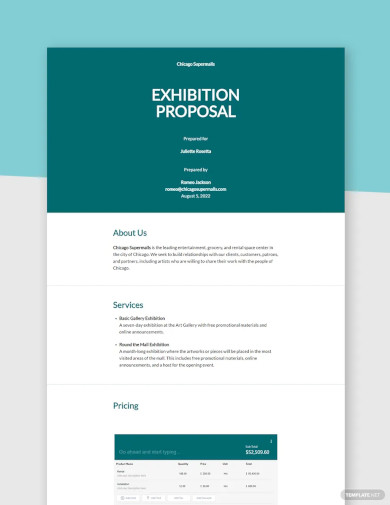
Exhibition Proposal Template
download now -
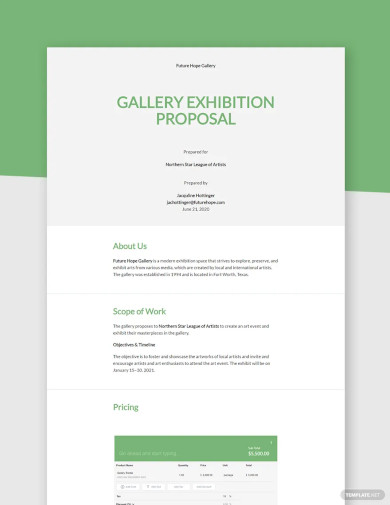
Gallery Exhibition Proposal Template
download now -
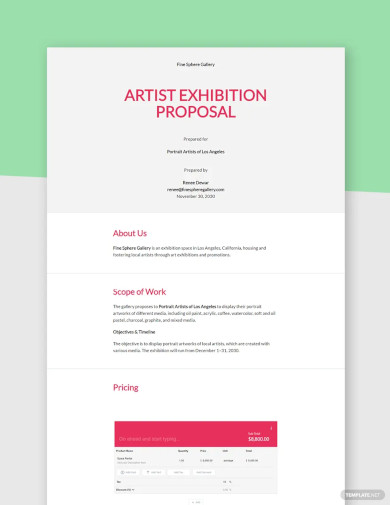
Artist Exhibition Proposal Template
download now -
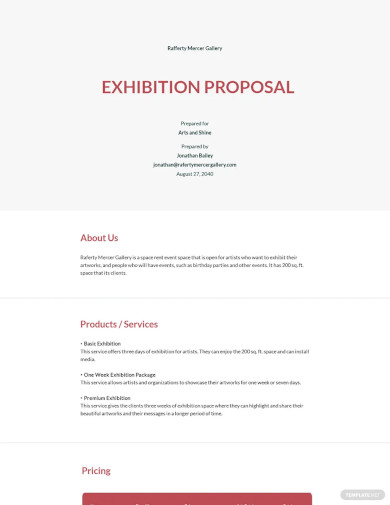
Free Exhibition Proposal Outline Template
download now -
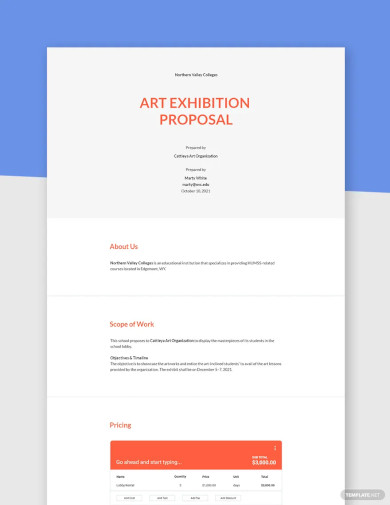
Art Exhibition Proposal Template
download now -
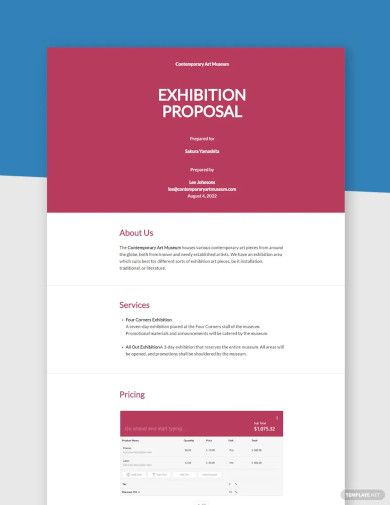
Free Simple Exhibition Proposal Template
download now -
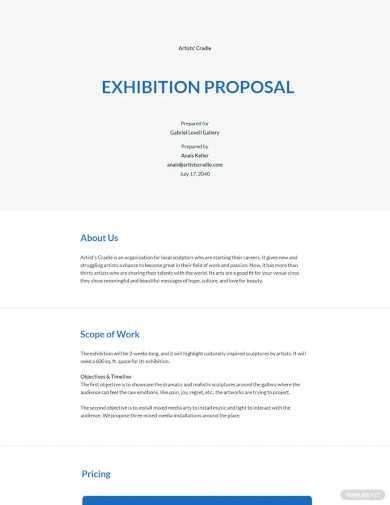
Free Exhibition Proposal Sample Template
download now -
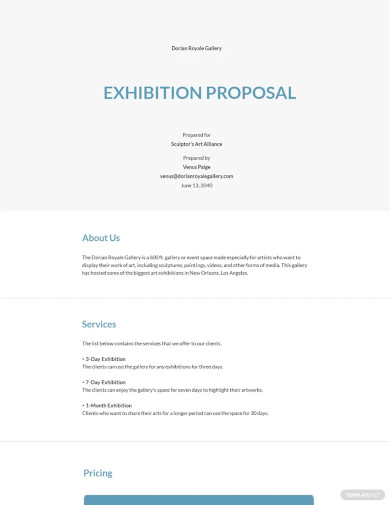
Free Exhibition Proposal Template
download now -
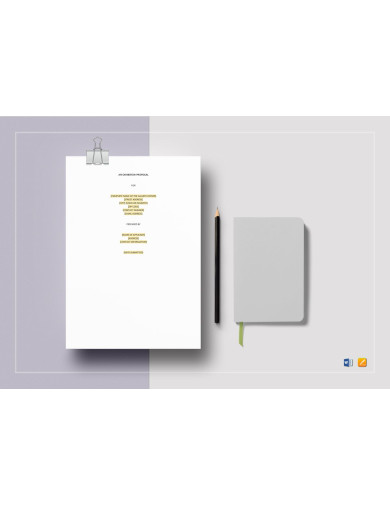
Basic Exhibition Proposal Template
download now -

Exhibition Proposal Template
download now -
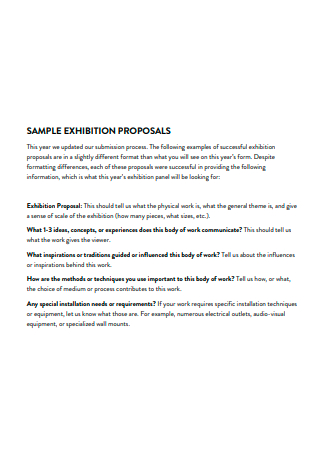
Sample Exhibition Proposal
download now -
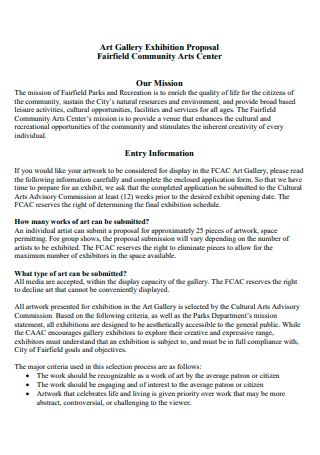
Art Gallery Museum Exhibition Proposal
download now -

Basic Exhibition Project Proposal
download now -

Exhibition Budget Proposal Submission
download now -
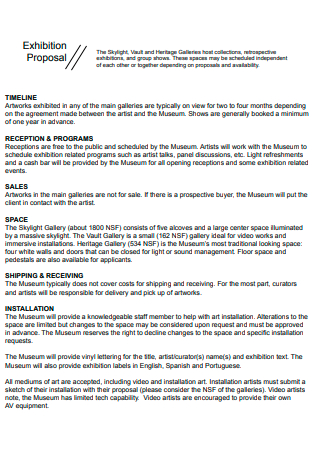
Exhibition Curatorial Proposal in PDF
download now -
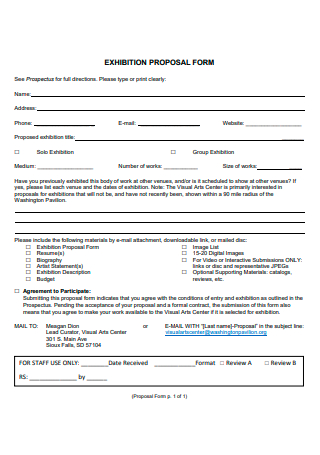
Exhibition Sponsorship Proposal Form
download now -

Standard Workshop Exhibition Proposal
download now -
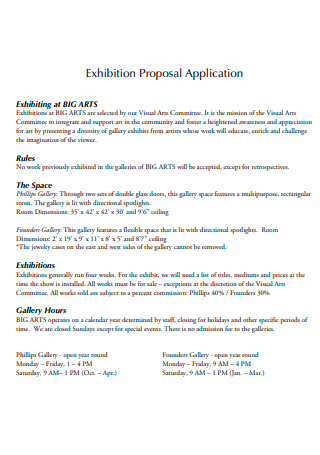
Exhibition Brief Proposal Application
download now -

Exhibition Digital Artist Proposal Form
download now -
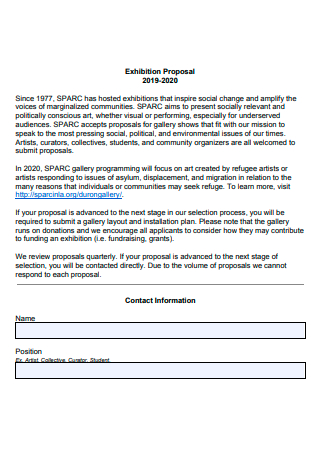
Printable Event Exhibition Proposal
download now -
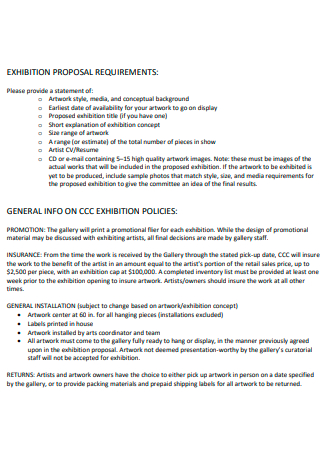
Exhibition Museum Exhibit Proposal Requirement
download now -
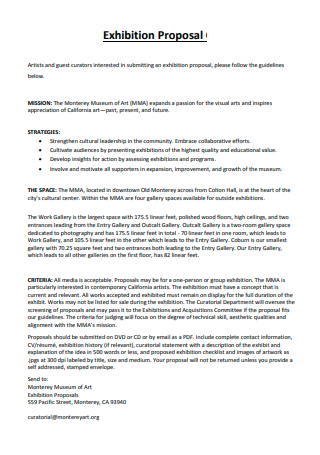
Simple Curator Exhibition Proposal
download now -
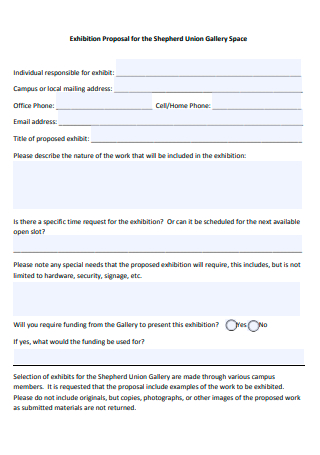
Exhibition Project Proposal
download now -

Solo Exhibition Proposal
download now -

Exhibition Event Proposal
download now -
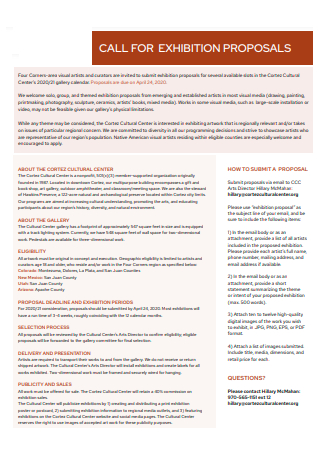
Exhibition Business Proposal
download now -
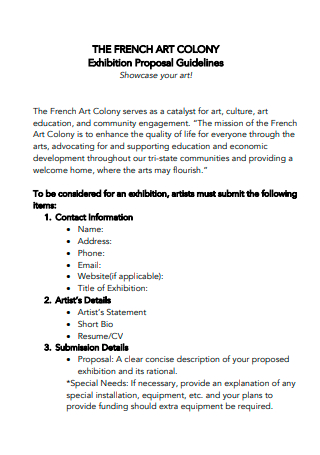
Art Colony Exhibition Proposal
download now -
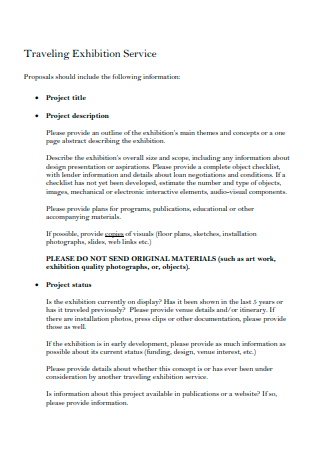
Exhibition Sponsorship Proposal
download now -

Preliminary Art Exhibition Proposal Letter
download now -
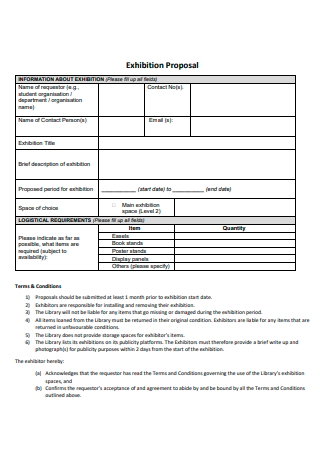
Exhibition Proposal Format
download now -

Exhibition Proposal Example
download now -
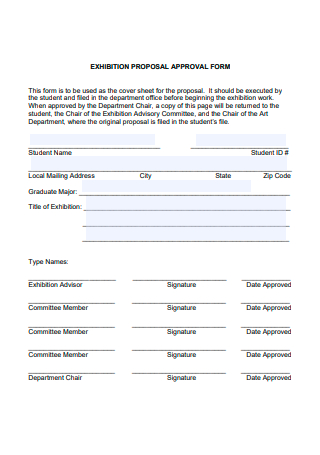
Exhibition Proposal Approval Form
download now -
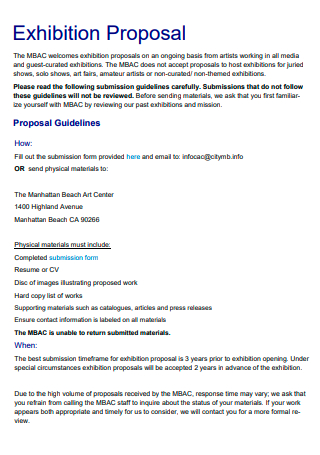
Printable Exhibition Proposal
download now -

Exhibition Proposal Submission Form
download now -
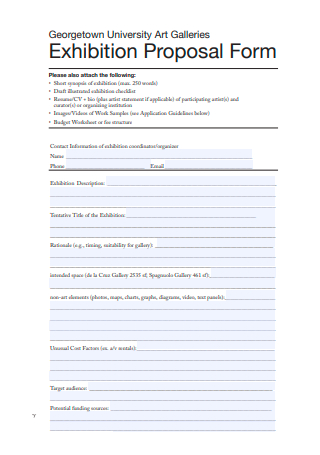
University Art Galleries Exhibition Proposal Form
download now -
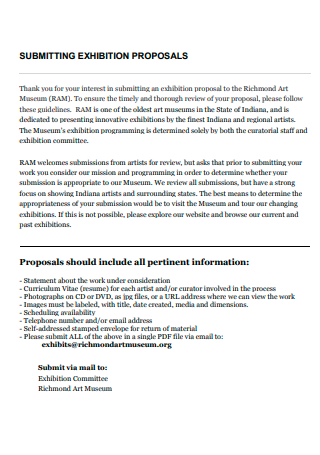
Submitting Exhibition Proposal
download now -
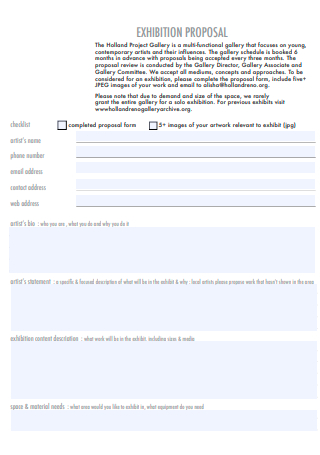
Formal Exhibition Proposal
download now -

Art in Exhibition Proposal
download now -
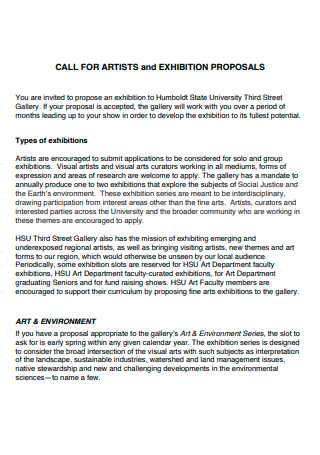
Call For Artists and Exhibition Proposal
download now -
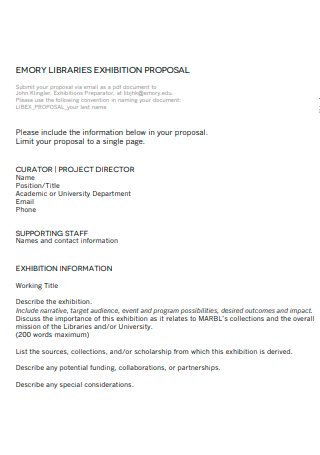
Libraries Exhibition Proposal
download now -
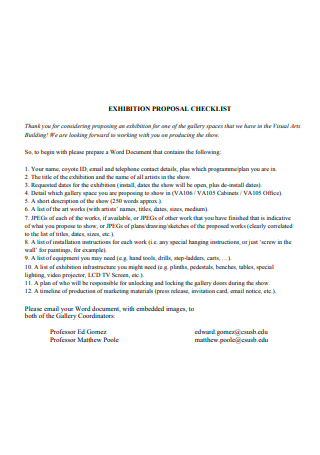
Exhibition Proposal Checklist
download now -

Art Exhibition Proposal Form
download now -
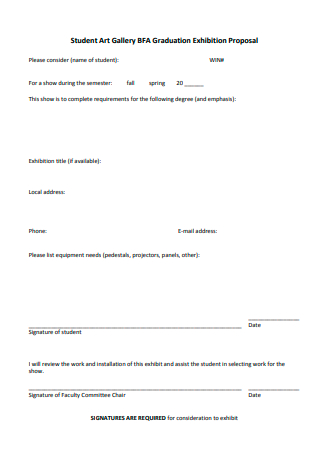
Student Art Gallery Graduation Exhibition Proposal
download now -
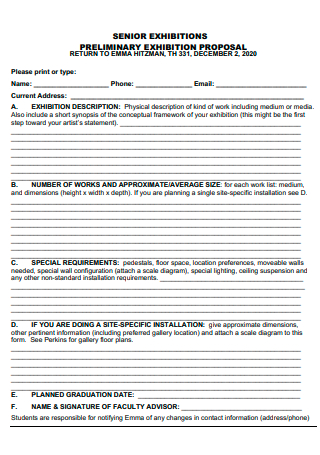
Senior Preliminary Exhibition Proposal
download now -
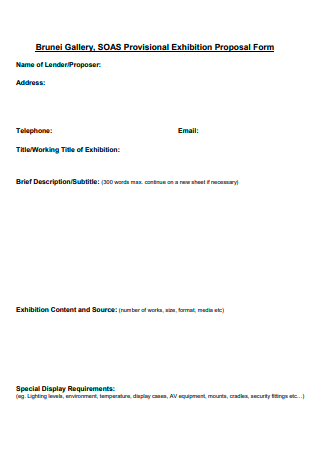
Provisional Exhibition Proposal Form
download now -
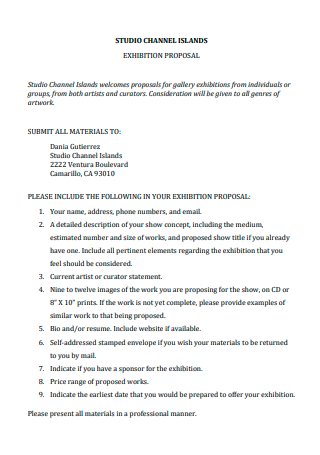
Studio Channel Islands Exhibition Proposal
download now -
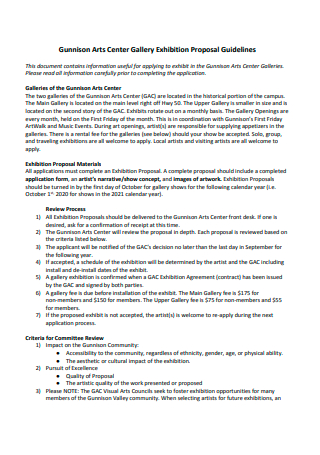
Arts Center Gallery Exhibition Proposal
download now -

Exhibition Proposal Policy
download now -
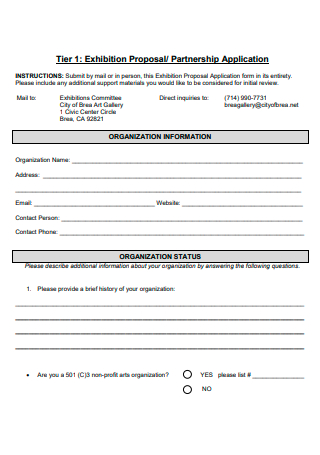
Exhibition Partnership Application Proposal
download now -
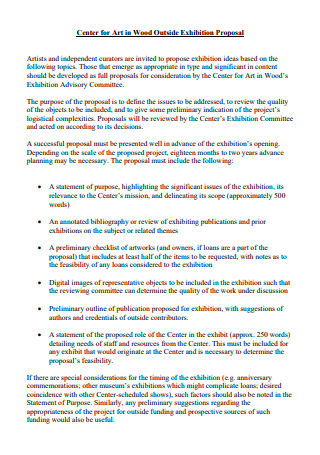
Outside Exhibition Proposal
download now -

Faculty Exhibition Proposal Form
download now -
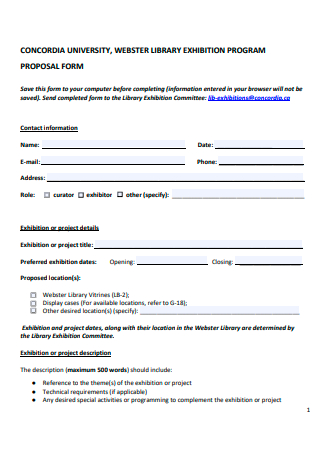
Exhibition Program Proposal Form
download now -
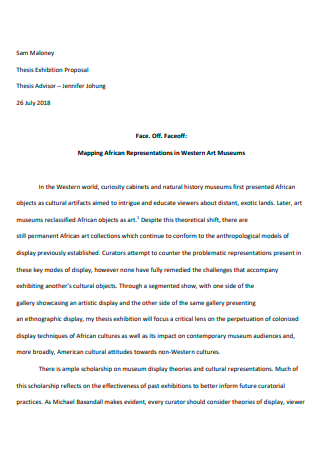
Thesis Exhibition Proposal
download now -
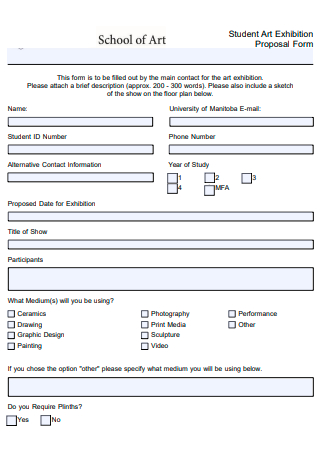
Student Art Exhibition Proposal Form
download now -
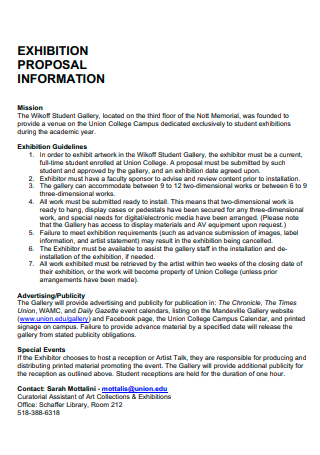
Exhibition Proposal Information
download now -
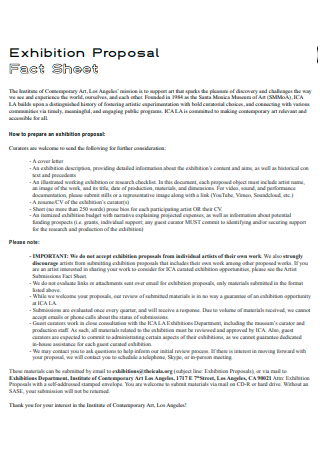
Exhibition Proposal Fact Sheet
download now -
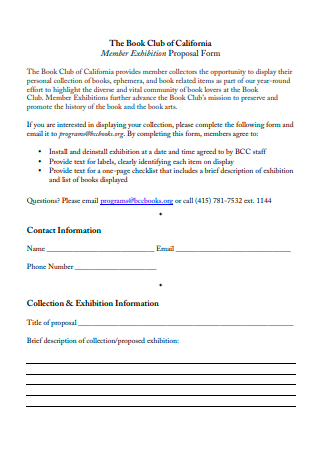
Member Exhibition Proposal Form
download now -
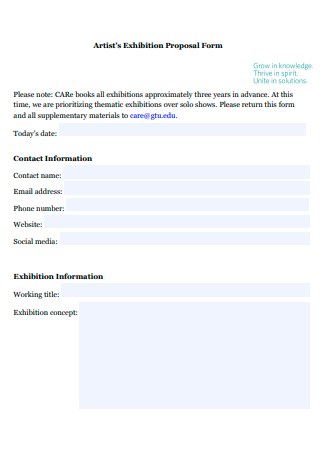
Artist Exhibition Proposal Form
download now -
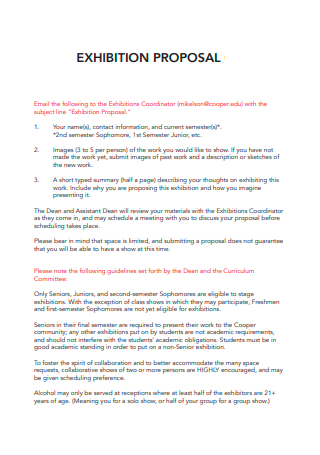
Draft Exhibition Proposal
download now -
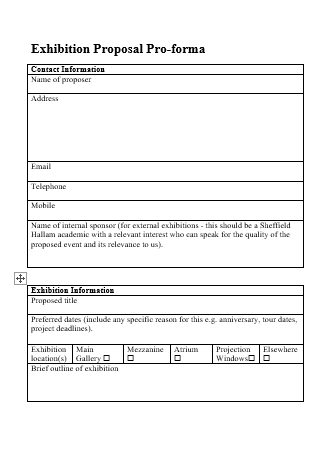
Exhibition Proposal Proforma
download now
FREE Exhibition Proposal s to Download
59+ Sample Exhibition Proposal
What Is an Exhibition Proposal?
Different Types of Art Exhibition
Tips for Writing an Exhibition Proposal
How to Write an Exhibition Proposal
FAQs
What are the different types of art museums?
What does an art gallery include?
What is an artist proposal?
What Is an Exhibition Proposal?
Collins Dictionary defines an exhibition as a public exhibition of paintings, sculptures, or other interesting artifacts, such as at a museum or art gallery. While a proposal is a written document that attempts to persuade the receiver to accept the proposal’s contents by the sender. A proposal can also be written for an internal prospect if it is intended to meet a specific organizational need. In this case, an exhibition proposal is written by the artist or an individual who is interested in opening up a display for their works and sending the document to an establishment for approval and acknowledgment.
Different Types of Art Exhibition
The art exhibition is the most crucial period in the development of artists and their works, a once-in-a-lifetime event that brings together a cast of characters ranging from the gallery owner to collectors, admirers, and enthusiasts. In addition to its cultural and promotional value, the exhibition serves as a valuable sales opportunity, providing feedback on the work done in the creation, improvement, and preparation of the works. Since an art exhibition can take several forms, artists may be confused about the type of exhibition available to them. Read this curated list to find out which type suits you best before checking out the exhibition proposal example.
Tips for Writing an Exhibition Proposal
Any new artist’s first exhibition is a huge accomplishment. It’s a fantastic way to commemorate the completion of a body of work, and one of the most effective methods to get your art in front of a big, art-loving audience. There are numerous considerations to make, galleries are frequently booked months, if not years, in advance. If you are ready to show your work, putting together a proposal and properly approaching gallery owners and decision-makers will help you stand out from the crowd. Use the tips and advice in this article on how to strengthen your application form to make your exhibition proposal stand out.
How to Write an Exhibition Proposal
Writing an exhibition proposal may appear stiff and frightening, but they do not have to be. This easy-to-follow guide to preparing an exhibition proposal will help you acquire confidence in submitting art shows to a range of venues. Make sure that before you send your proposal, you followed through with their proposal guidelines. Whether you are presenting an exhibition at a coffee shop, a pop-up location, or a charity gallery, the elements of your proposal will differ. This guide will show you the basic elements of a proposal. If you want to see the layout, you can check out the exhibition proposal sample provided in this article.
1. Write a Cover Letter
For the first part, you will need to introduce yourself through a cover letter. Personalize your cover letter by including the manager’s, exhibits director’s, or curator’s accurate name and spelling. It’s much nicer to show that you have done your research than to send the letter through a generic salutation. Following after are the pleasantries where you may state your familiarity with the chosen gallery or with the receiver. You can also include or mention anyone you know who is connected to the venue, such as a patron, board member, or artist. Lastly, thank the recipient for taking the time to examine your suggestion.
2. Prepare a Catchy Title
While a title is not needed for every art show, almost all group shows and most solo exhibits do because it serves to introduce the work to the audience and initiate conversation. Even if you don’t want to be overt about the message behind your work, a title can help tie it all together. You can dedicate a section in your exhibition proposal making mention of your title and an explanation of it. Such as where it is from, how it ties into your work, and other relevant information.
3. Fill in the Contents
The body of your proposal is a document that details the exhibition’s details. Describe why your work is a good fit for the venue’s exhibition schedule. In three or more sentences, describe the exhibition’s substance and curatorial view. Provide a comprehensive list of the artwork to be exhibited. Titles, mediums, and prices of your works should all be included. Calculate the amount of space needed in square feet or linear feet, as well as any costs the venue may incur. Make a schedule for the program.
4. Add in Resumes
For the next section, you will be putting names on the faces involved in the exhibition. If other artists are to be featured, list them here. Include your resume or bio, as well as the resumes or biographies of any other artists. If you went for a solo exhibition, disregard this step and proceed to the next one instead.
5. Images to Include
In your submission, add photographs of your work. As previously mentioned, include works of your art to help the gallery manager decide whether your works will work well with the gallery’s intended image or theme. For a modest exhibition, include all of the works you intend to display. You can use a sample of ten or more photographs for a larger presentation as long as the images are indicative of the complete exhibition.
FAQs
What are the different types of art museums?
According to Britannica, museums are divided into five categories that are most widely known: general, natural history and natural science, science and technology, history, and art. The virtual museum, a more contemporary sort of museum that transcends all others due to its unique electronic display, is also examined. You can prefer to have your show in a museum, preparing a museum exhibition proposal will come in handy by then.
What does an art gallery include?
An art gallery or museum is a structure or location dedicated to the display of art, primarily visual art. Although art galleries are primarily concerned with displaying works of visual art, they are occasionally used to hold other artistic activities such as performance art, music performances, and poetry readings.
What is an artist proposal?
You may also be asked to write artistic grant submissions to obtain money for huge projects. A proposal is comparable to a resume in that it must be concise, coherent, and compelling, to gain the reader’s acceptance or approval. You need to figure out who you are writing for and what they care about. At the same time, you are expounding on the abilities you can do while modestly sharing them.
An art gallery exhibition is a wonderful place to observe art, socialize, and meet like-minded folks or enthusiasts on the subject. But it cannot happen and be an actualization without an art exhibition proposal. As an artist, you may fear having your works rejected, but keep in mind that it is all part of striving for your work to be known. Don’t wait around and start writing your proposal now. You have an art exhibition proposal example to guide you.
